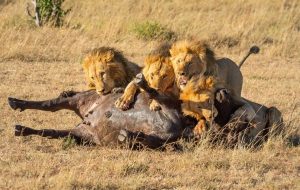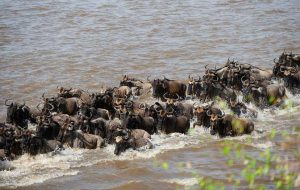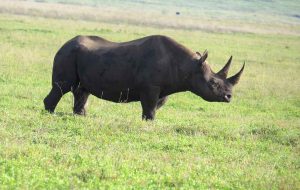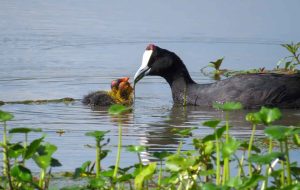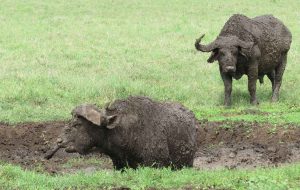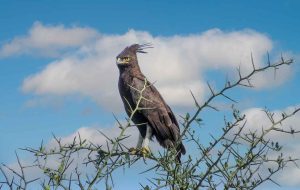Ngorongoro
Ngorongoro Crater in Tanzania is situated within the expansive Ngorongoro Conservation Area, characterized by highland plains, savanna woodlands, and forests. Established in 1959, this area hosts a unique coexistence of wildlife and semi-nomadic Maasai pastoralists practicing traditional livestock grazing. It features the impressive Ngorongoro Crater, the world’s largest caldera, and Olduvai Gorge, a significant archaeological site. Known for its rich biodiversity, including globally threatened species, the area sees the annual migration of wildebeest, zebra, and other animals. Additionally, extensive archaeological research has uncovered evidence of human evolution dating back 3.6 million years.
